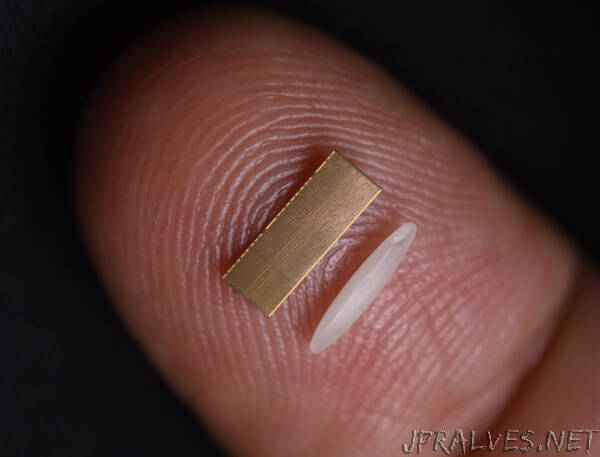
“Most chips in today’s smartphones, computers and servers are comprised of multiple smaller chips invisibly sealed inside one rectangular package.
How do these multiple chips — often including CPU, graphics, memory, IO and more — communicate? An Intel innovation called EMIB (embedded multi-die interconnect bridge) is a complex multi-layered sliver of silicon no bigger than a grain of rice. It lets chips fling enormous quantities of data back and forth among adjoining chips at blinding speeds: several gigabytes per second.
Today, Intel EMIBs speed the flow of data inside nearly 1 million laptops and field programmable gate array devices worldwide. That number will soon soar and include more products as EMIB technology enters the mainstream. For example, Intel’s Ponte Vecchio processor, a general-purpose GPU the company unveiled Nov. 17, contains EMIB silicon.
To meet customers’ unique needs, this innovative technology allows chip architects to cobble together specialized chips faster than ever. And compared with an older, competing design called an interposer — in which chips inside a package sit atop what is essentially a single electronic baseboard, with each chip plugged into it — tiny, flexible, cost-effective EMIB silicon offers an 85% increase in bandwidth. That can make your tech — laptop, server, 5G processor, graphics card— run dramatically faster. And next-generation EMIB could double or even triple that bandwidth.”
